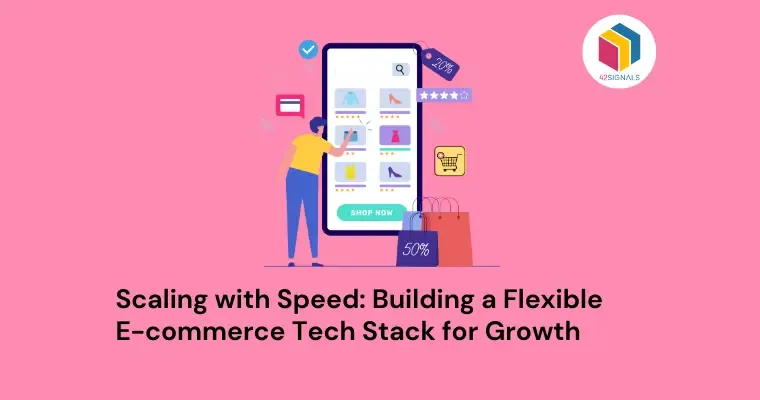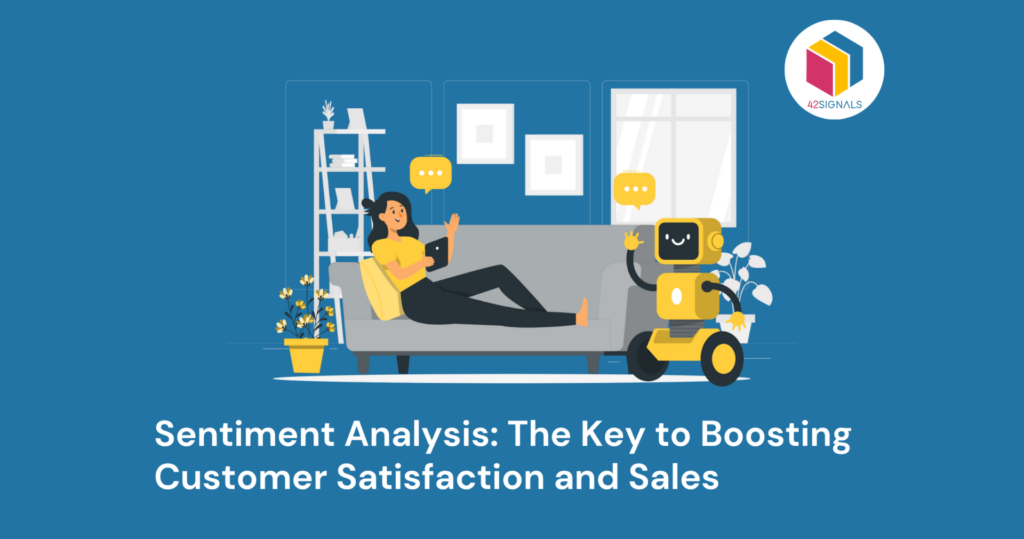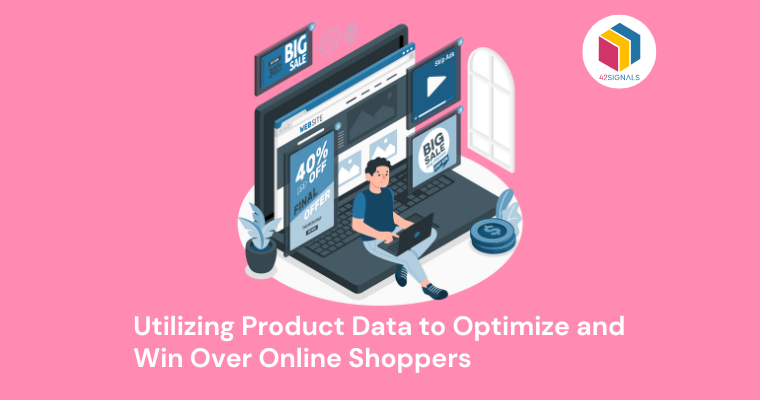As digitization transforms industries worldwide, companies embracing e-commerce have entered an era marked by fierce rivalry and constant flux. Amidst accelerated timelines, compressed budgets, and relentless customer expectations, establishing a strong foothold in virtual markets mandates mastery over several dimensions.
Among them lies the ability to design and implement highly scalable e-commerce systems capable of sustaining exceptional performance even when faced with surging visitor numbers or increasingly demanding operational scenarios.
This article serves as your comprehensive guide to understanding the nuances associated with building a scalable e-commerce tech stack.
What is a Scalable Ecommerce Tech Stack?
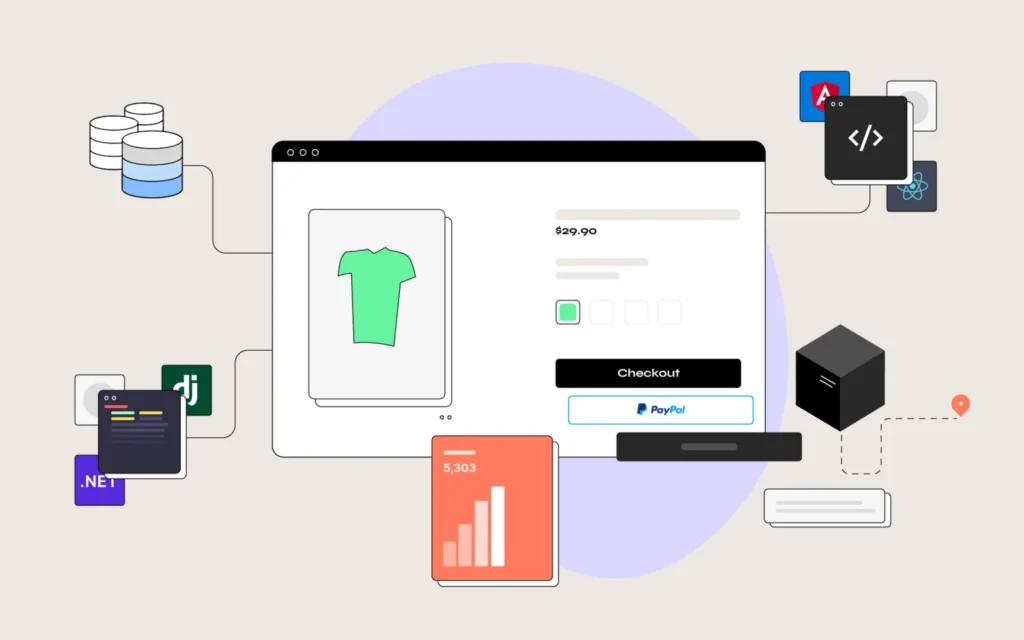
Image Source: Nebulab
Imagine having an expertly curated collection of advanced e-commerce technologies working together harmoniously, allowing your business to flourish without being held back by its IT foundation. That’s precisely what we call a ‘scalable e-commerce tech stack’. It involves:
- Flexible infrastructure: Adapts to increased traffic and sales volume.
- Modular architecture: Allows for easy addition of features and integrations.
- Performance optimization: Maintains speed and reliability under varying loads.
- Data scalability: Handles expanding data without loss of performance.
- Security features: Ensures secure transactions despite increased exposure.
Ultimately, it’s a foundation that supports business expansion without the need for constant retooling or significant downtime.
Ways to Build E-commerce Tech Stack
To build an e-commerce tech stack:
- Choose a scalable e-commerce platform to handle increasing traffic and sales
- Implement Customer Relationship Management (CRM) software for tracking customer interactions and data
- Use an efficient inventory management system for accurate stock control
- Integrate a multi-payment method and currency-supported payment gateway
- Employ marketing automation tools for campaigns and analytics
- Ensure strong cybersecurity measures to protect customer data
- Consider utilizing cloud services for scalability and reliability
- Select a user-friendly Content Management System (CMS) for simple site updates
- Connect social media management tools for engaging with audiences.
- Regularly review and upgrade the tech stack as the business grows.
Factors to Consider When Choosing Tools
When scaling an e-commerce tech stack, a myriad of factors must be scrutinized to ensure optimal selection:
- Integration Capability: Tools should seamlessly integrate with existing systems to maintain data flow.
- Scalability: As demand grows, chosen tools must be able to expand without significant overhauls.
- Cost-Effectiveness: Solutions should offer a balance between functionality and affordability.
- User-Friendliness: Tools must be accessible to team members with varying technical proficiency levels.
- Customer Support: Reliable customer service ensures quick resolution of any tool-related issues.
- Feature Set: Prioritize tools with features that align with specific business goals.
- Security: Robust security features are essential to protect sensitive customer data.
- Vendor Reputation: A reputable vendor is more likely to provide quality support and updates.
Benefits of Scalable E-commerce Tech Stack
- Enhanced Flexibility: Scaling allows businesses to navigate market changes effectively.
- Cost Efficiency: As demand fluctuates, scalable solutions adapt, preventing overinvestment in infrastructure.
- Improved Performance: Efficient tech stacks handle increased traffic without compromising user experience.
- Competitive Edge: Quick adaptation to trends and customer needs keep businesses ahead.
- Seamless Integration: Scalable ecosystems can easily incorporate new tools and services.
- Data Management: Better scalability aids in managing large volumes of data effectively.
- Customer Satisfaction: A robust, scalable system ensures a smooth shopping experience, increasing loyalty.
- Market Expansion: Scalable tech stacks support growth into new markets without major overhauls.
Functions to Build Tech Stack Around
When building an ecommerce tech stack, it is essential to focus on several key components as a priority:
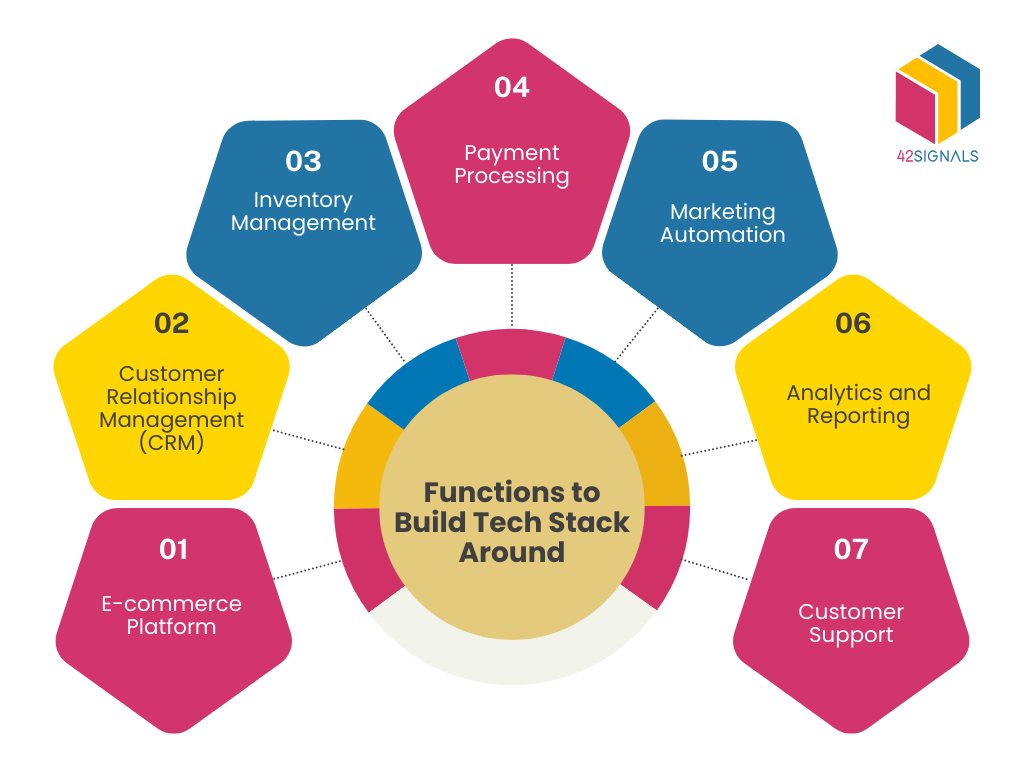
- E-commerce Platform: This is the foundation. Choose a platform that’s scalable, customizable, and integrable with other tools.
- Customer Relationship Management (CRM): To manage customer data, track interactions, and personalize customer experiences.
- Inventory Management: Essential for tracking stock levels, orders, and deliveries in real time.
- Payment Processing: Secure and reliable payment gateways that support multiple payment methods.
- Marketing Automation: Tools for email marketing, social media management, and campaign tracking to drive sales and engage customers.
- Analytics and Reporting: For data-driven insights into customer behavior, site performance, and business health.
- Customer Support: Solutions like live chat and ticketing systems that ensure excellent customer service as you scale.
Conclusion
By concentrating on developing a flexible, modular, optimized, and secure e-commerce tech stack, businesses lay a resilient groundwork for sustainable growth within the rapidly changing digital marketplace.
For more such insightful articles, visit our e-commerce blogs page.

